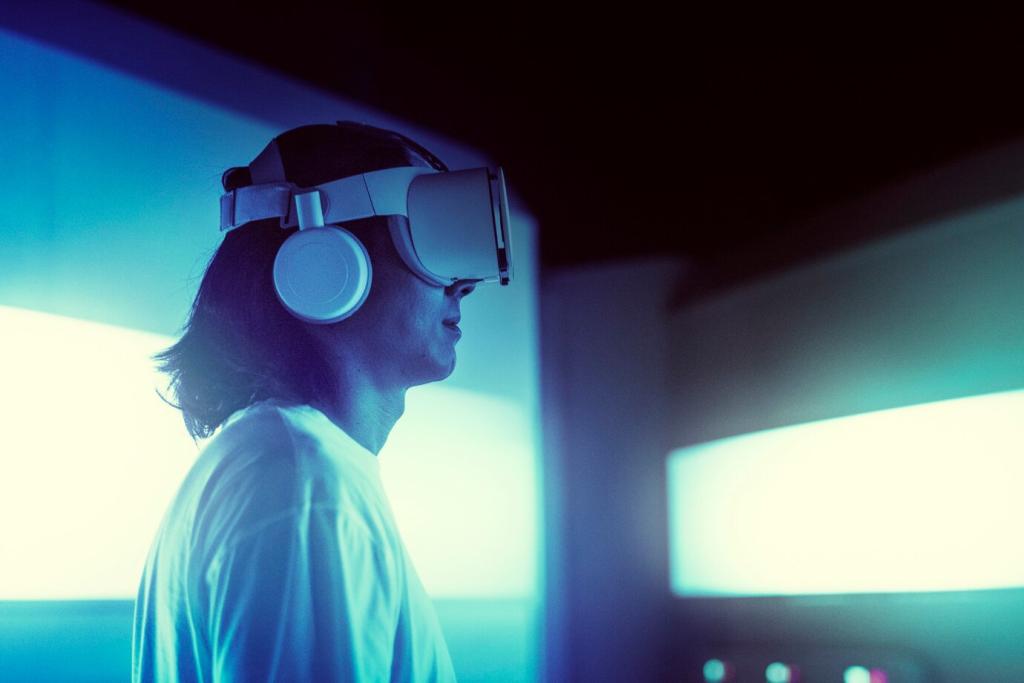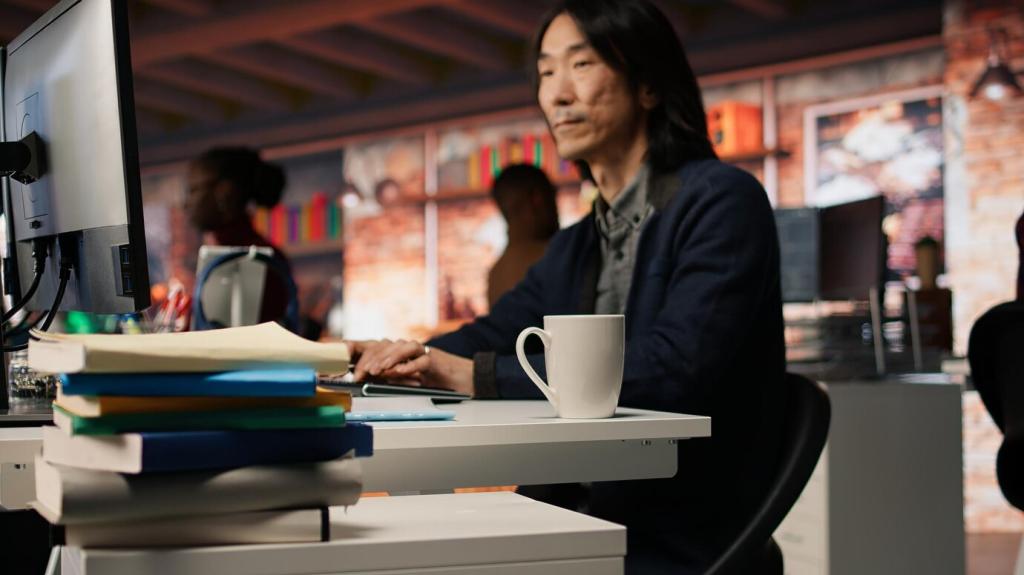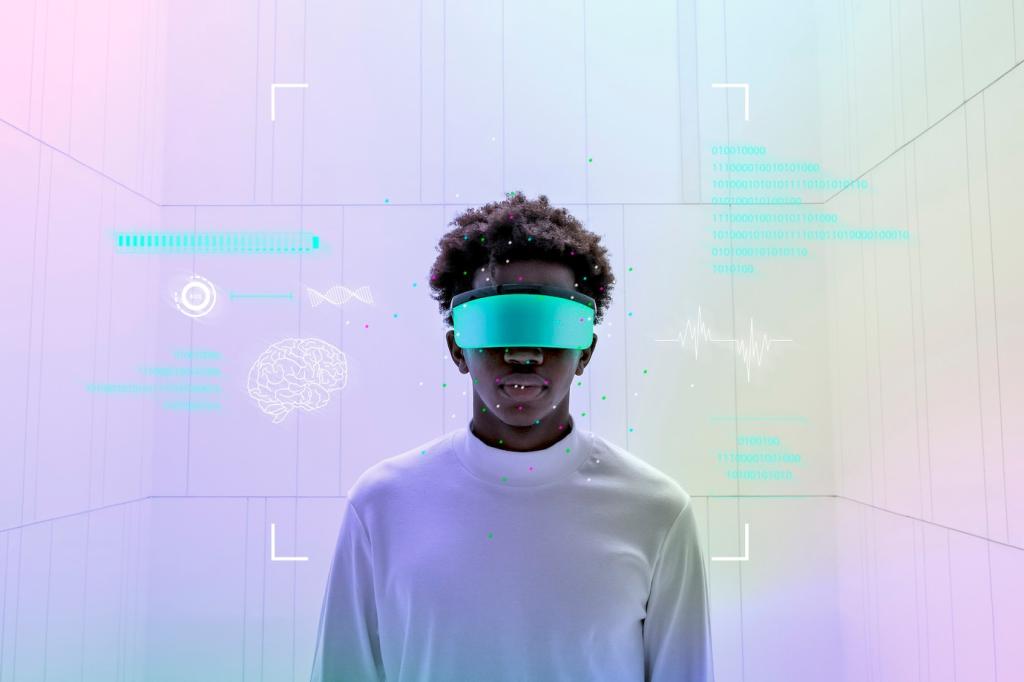Everyday Moments Enhanced
Walking directions become intuitive when arrows cling to sidewalks and storefronts you already see. AR guides reduce guesswork at confusing intersections, highlight entrances, and even warn about stairs. Test a route in your city and tell us where overlays felt truly helpful, not distracting.
Everyday Moments Enhanced
Place labels on constellations, molecules on classroom tables, or translations above street signs. When knowledge sits exactly where you need it, memory improves through context and curiosity. Try teaching a friend a new skill with spatial notes, then subscribe to share your findings and refinements.





